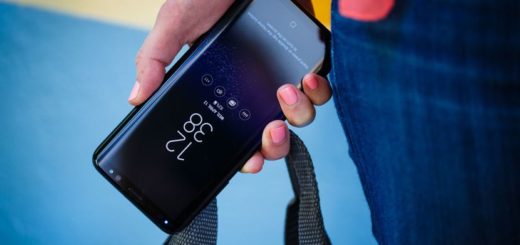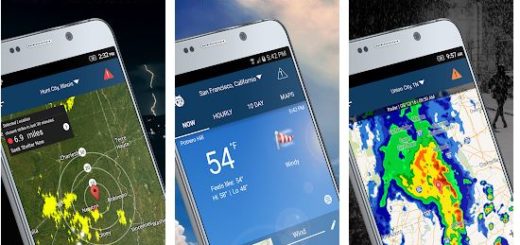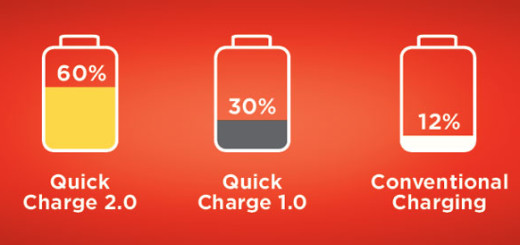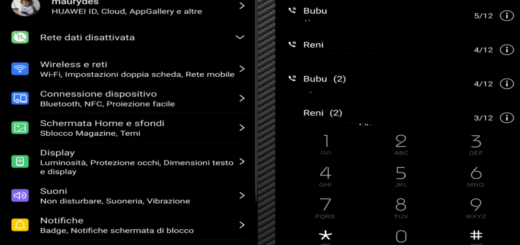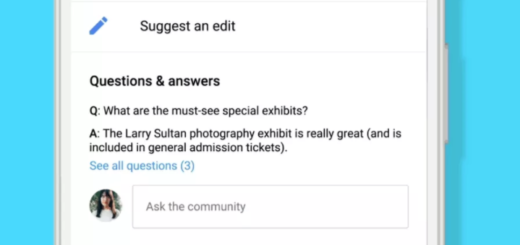How to Double your OnePlus 3T WiFi Speed
You all know that Android is one of the most loved operating systems thanks to its amazing flexibility. This can either be used out of the box for normal users, but those who want more have the chance to get the best out of their devices if they push the right triggers. Is this what you also want for your OnePlus 3T smartphone?
On the forums, there is a trick going around that is supposed to doubles your WiFi speed on the OnePlus 3T – and I have to tell you that I was a bit skeptical at first. However, I am not like that any longer because I know that it certainly works, but only if the handset meets certain requirements.
The WiFi configuration file present in the OnePlus 33T is provided by Qualcomm and has disabled Channel Bonding in 2.4 GHz frequency. Despite of the fact that the 5GHz frequency has channel bonding enabled, the problem arises if your router supports 2.4 GHz frequency. In such a case, this procedure is just what you need since will almost double your WiFi speed.
So, back at those requirements that I was telling you about at a previous point, this method works in all versions of OxygenOS, but you must have root access on your OnePlus 3T. This is mandatory!
Do not miss:
How to Double your OnePlus 3T WiFi Speed:
- First of all, head to system/etc/wifi;
- Open WCNSS_qcom_cfg.ini;
- Tab and hold this precise file and select the Edit option;
- You just have to look for the following entry and modify:
gChannelBondingMode24GHz=0
to
gChannelBondingMode24GHz=1 - That’s pretty much all that you had to do! Now you will see an almost double increase in your WiFi speed.
However, let me tell you that if you’re living in an area with not so many WiFi routers around, then this trick might not be what you are expecting! OnePlus did not enable such a feature by default by taking in consideration the possibility of wireless interference going up. The 2.4GHz is divided into different bands to avoid interference, and what channel bonding does is using various bands for offering a better performance.
Anyway, this can cause the opposite, resulting in more interference in urban areas, where there are plenty of WiFi access points, so make no confusion! If you don’t qualify for the procedure, don’t apply it!

